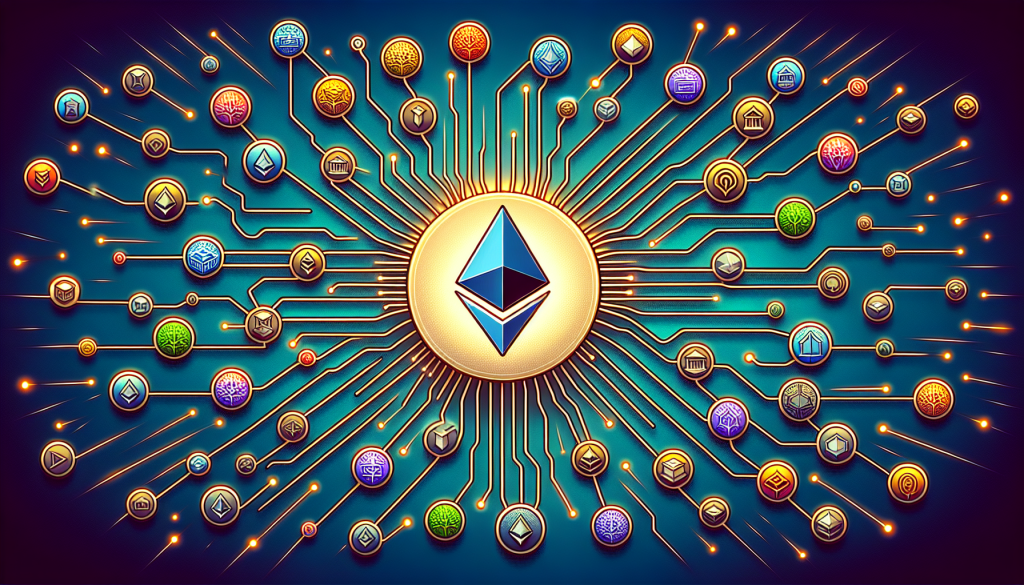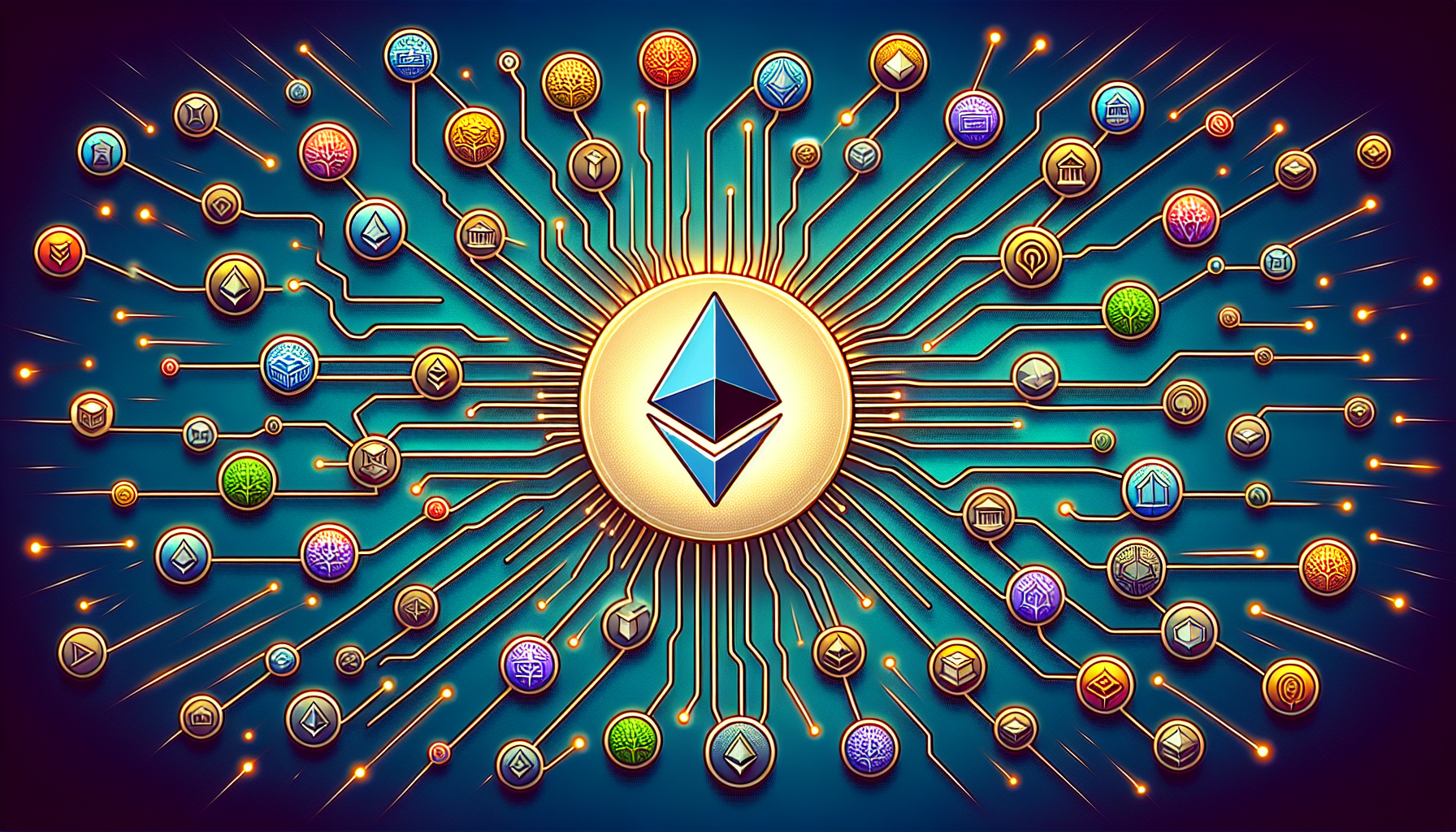/ Nov 30, 2025
Trending


In an era where decentralization is becoming the norm, the decentralized finance (DeFi) ecosystem is experiencing an expansion beyond its primary Ethereum blockchain domain. This trend reflects a broader shift toward diversified blockchain technology solutions, reshaping the financial landscape. While 2024 marked Ethereum’s significant role in the rise of DeFi, 2025 presents itself with several less mainstream yet promising networks gaining traction.
As Ethereum continues to grapple with scalability and network congestion issues, alternative blockchain networks are stepping into the spotlight. According to a recent report on CryptoSlate, blockchain platforms like Polkadot, Avalanche, and Cosmos are innovating rapidly, offering solutions that address some of Ethereum’s most pressing challenges.
Polkadot stands out with its multi-chain approach, allowing different blockchains to interoperate seamlessly. This network has leveraged its parachain model to facilitate better scalability and customizable blockchains, which makes it a strong contender in the DeFi space. With ongoing projects focusing on decentralized exchanges and lending platforms, Polkadot is carving a niche that promises both flexibility and speed.
Avalanche is another significant player that has gained momentum due to its high throughput and near-instant transaction finality. As reported by Cointelegraph, Avalanche’s consensus protocol ensures that transactions are confirmed in the blink of an eye, enhancing user experience and reducing operational costs considerably. Such efficiency has led DeFi developers to migrate projects from Ethereum to Avalanche, especially those requiring high-frequency trading.
Cosmos, often dubbed “the internet of blockchains,” focuses on facilitating communication and data sharing between different chains. This interoperability feature allows developers to build cross-chain applications, unlocking new potential for DeFi solutions. Furthermore, its Inter-Blockchain Communication (IBC) protocol has been pivotal in allowing decentralized apps to thrive without the limitations associated with isolated blockchains.
The diversification of DeFi platforms indicates a maturing market where users and developers seek more options and better technology stacks. According to a study on Forbes, the DeFi market capitalization is projected to triple by the end of 2025, with non-Ethereum platforms contributing significantly to this growth.
The rise of these alternative networks coincides with a growing investor appetite for reducing dependency on a single blockchain and mitigating risks associated with Ethereum’s vulnerabilities, notably its gas fees and limited throughput. Furthermore, eco-friendlier models are becoming widely sought after, with networks like Avalanche boasting a low energy consumption model.
While these alternative networks present exciting opportunities, they are not without challenges. Issues such as regulatory scrutiny, cross-chain security, and the need for broader market acceptance remain pertinent. Nonetheless, the competitive landscape is likely to spur innovation across the sector.
Regulatory clarity continues to be critical for mainstream adoption. As platforms like Cosmos and Avalanche attract more liquidity, the scrutiny from regulatory bodies, as recently highlighted by CoinDesk, could increase. Ensuring compliance while maintaining decentralization will be a tightrope walk.
Security breaches remain an ever-present threat. Multi-chain networks must develop robust security protocols to prevent exploits that could occur through interconnected systems. Enhanced smart contract auditing and third-party validations are steps in the right direction toward safeguarding network integrity.
2025 is poised to be a transformative year for decentralized finance. The shift toward blockchain plurality helps drive innovation, reduce transaction costs, and foster a more inclusive ecosystem. As DeFi grows, users and developers must stay informed about the network of choice, keeping matters such as security, scalability, and sustainability at the forefront.
As we move deeper into 2025, the promise of a decentralized financial future appears not only feasible but imminent. The continued expansion beyond Ethereum is not merely a diversification of technology but a manifestation of the very principles blockchain and DeFi were built upon: resilience, inclusivity, and transparency.
Stay ahead with Blockchainooz! Get daily updates on industry insights, market trends, and innovative blockchain technology—all in one place. Perfect for enthusiasts and investors looking to make informed decisions in the ever-evolving world of blockchain and crypto.